
(Review archived from November 27, 2017)
TL;DR
Pros:
- Fantastic learning tool on guitar and bass for beginning players.
- Fantastic way to supplement an existing practice schedule for more experienced players.
- Accommodates nearly all levels of experience.
- Weekly DLC releases (as of this writing) insure that you’ll never run out of songs to play.
Cons:
- Requires additional equipment to play the game (guitar or bass, Real Tone cable (preferably) or microphone, etc)
- Does not replace a live instructor (although to be fair no game could do this, and Rocksmith 2014 is the closest digital approximation currently available IMO)
- Weekly DLC releases (as of this writing) insure that you’ll never run out of songs to purchase. Look up the video of Jimi Hendrix burning his guitar at the Monterey Pop Festival. Now do that to your wallet.
Introduction
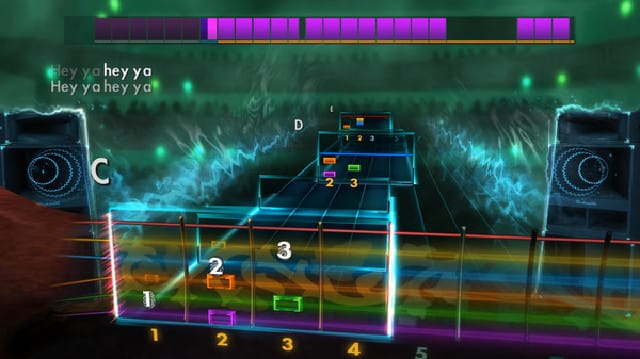
This is a game.
This is not a game.
‘Gamification’ is an idea that has gained in popularity over the last five years or so. What gamification does is to inject non-gaming activities into a gaming framework via principles of game design, in-game progress, and reward elements. Rocksmith 2014 is without a doubt the most well executed example of gamification that I have experienced. In a nutshell, Rocksmith 2014 takes the gameplay of older ‘plastic instrument’ games (vis-à-vis Guitar Hero, Rock Band, etc.) and applies those principles to playing an actual guitar or bass. This is all executed through an intuitive note highway interface that should be easily understood for anyone familiar with these older games, anyone familiar with reading guitar tablature*, and quite honestly pretty much anyone holding a guitar. If this any of this sounds compelling to you, please be aware that you will need some additional gear in order to actually play this game. So let’s talk about these prerequisites (outside of the obvious stuff like a computer capable of running the game.)
Prerequisites
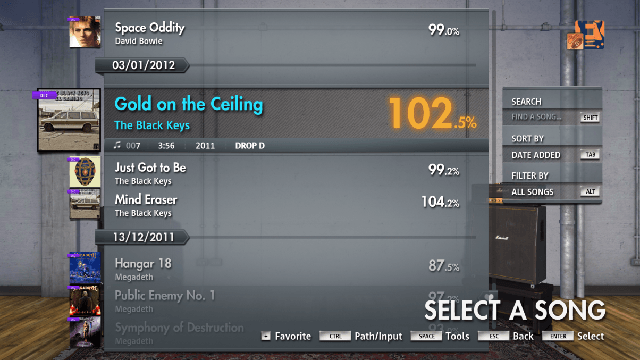
- Guitar or Bass. Hopefully this part is obvious, but yes, you’ll need an actual guitar or bass in order to play this game. Ideally (IMO) your instrument should have an output jack for a standard 6.3mm instrument cable (see below). This doesn’t necessarily mean that you need to use a purely electric guitar or bass with the game though, due to the fact that many, many acoustic instruments come equipped with these jacks.
- UbiSoft Real Tone Cable. What is this? Basically this is a custom Ubisoft branded MIDI instrument cable with a standard 6.3 mm jack on one side (which plugs into your guitar), and a USB plug on the other side (this part plugs into your computer, lol). Here’s where some folks balk. They cry to the Heavens with their pleas of, “But I already bought the game, why do I need to shell out even more money to play it!?” To which I say, it is what it is. If that kills the deal for you, well hopefully it’s not too late to get a refund from Steam.
- Your Acoustic Guitar Doesn’t Have a Jack? Do you have a mic that you can attach to your computer? Rocksmith 2014 might still work for you. I’ve not tried this method, but RS2104 allows for input via a microphone. I’ve heard it works pretty well.
Target Audience
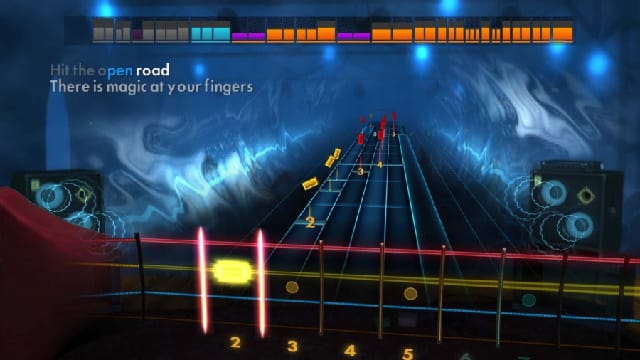
So who’s the target audience for this game? I would honestly say that it’s anyone whatsoever who’s interested in playing guitar or bass (with one caveat in particular). Experienced players will likely rip right into the game like a pit bull on Mountain Dew and steroids. For those folks, it’s a great way to expand your song repertoire, and a really fun element to add into your practice rotation. Beginning players are going to have a lot to chew on, and at first it’s going to feel like progress is pretty slow. Don’t give up! Here’s where I’m going to add my caveat. As great as it is, RS2014 is not a substitute for an actual live instructor, particularly if you’ve never held a guitar before in your life. There are several interactive instructional videos here that are interspersed with game segments where you get to play along with the lesson being taught. The videos and game segments are really quite good, but what they can’t do is provide you with personal feedback. Sure they’ll grade you on whether you’ve accurately hit the notes/chords, but they won’t tell you whether you’re holding your guitar in such a way that will eventually lead to tendonitis. They won’t provide immediate feedback on the less tangible elements of your playing.
Game Modes
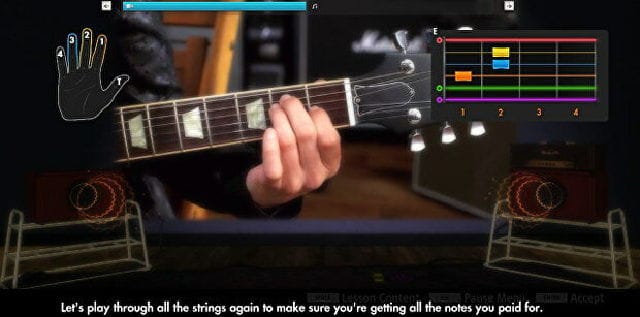
So let’s look at the main game modes really quick.
- Lessons: New to guitar or bass? Start here. Heck even if you’re a relatively accomplished player you might find value in some of the more advanced lessons. Basically the videos here contain some quality instructional material of the type you might find with the better instructors on YouTube (cough … Justin Sandercoe … cough), except that here the videos are interspersed with gameplay segments so you have immediate interactive feedback with the material being taught. There really is some nice material covered in these segments, and among other things they will help you to decipher some of the more obscure notations you may encounter on the note highway (the first time the game throws a harmonic at you, it may come as a bit of a head scratcher if you’re not familiar with the notation)

- Learn a Song: In my opinion, this mode is the real star of the show. After lessons, this will likely be your next stop (oh who am I kidding, this will almost definitely be your first stop, but if you start here and start getting frustrated, report to Lessons and come back after putting some time in there). Learn a Song pretty much does what it says on the tin. Select a song and play along. One of the key components here is that songs are presented in terms of dynamic difficulty. Initially you’ll only be playing some of the notes. As you get better, RS2014 will start increasing the difficulty (i.e. more notes/chords), until such time that you are able to play the song from start to finish. And at that point you may find the song going into ‘Master Mode’ in which the notes start disappearing from the note highway, and you’re required to play from memory.
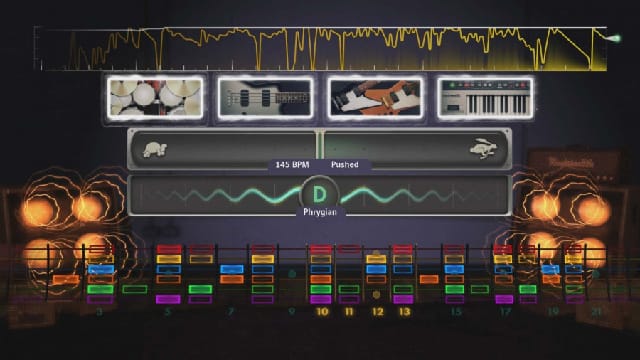
- Session Mode: Essentially the mode is a ‘just jam’ mode. It allows you to select a backing ensemble of instruments as well as a whole host of various other parameters (key, tempo, scale, etc.). And then you just play whatever you want. The really neat part about this is that the game will respond to your playing, and the ‘backing musicians’ will jam right along with you. It can be a lot of fun to play in this mode, so long as you stick to the basic framework of the parameters you selected initially. If you start throwing in a lot of ‘unscheduled’ chord changes, tempo changes, unexpected fills, etc., you fellow ‘musicians’ are going to get lost quickly and it will sound like crap. … To be fair I suppose those things would adversely affect live musicians as well.
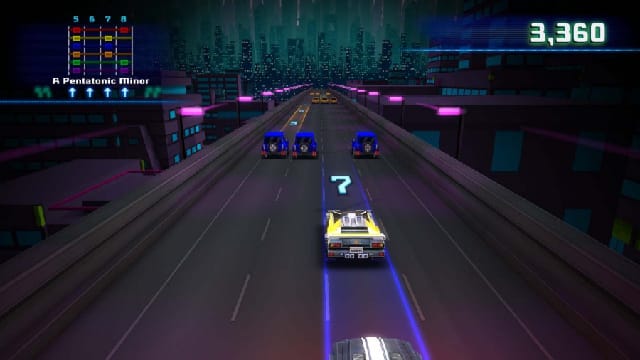
- Guitarcade: This is a whole slew of ‘arcade type’ games in which each one is designed to help you improve a specific aspect of your playing. This is already becoming an exceedingly long review, so I’m not going to break down each individual game, but there are games focused solely on chords, scales, slides, bends, harmonics, and more. It’s yet another aspect of the game that’s exceedingly well designed, although in terms of ‘fun’ some of the games shine brighter than others. YMMV. It’s yet another great way to focus on practicing individual elements of your playing.
Conclusion
What else is there to say? If you’re interested in playing guitar or bass, I think you’ll find hours upon hours of fun in Rocksmith 2014. If you’re not interested in playing guitar or bass … well NieR: Automata is pretty rad too. 😉
Leave a Reply